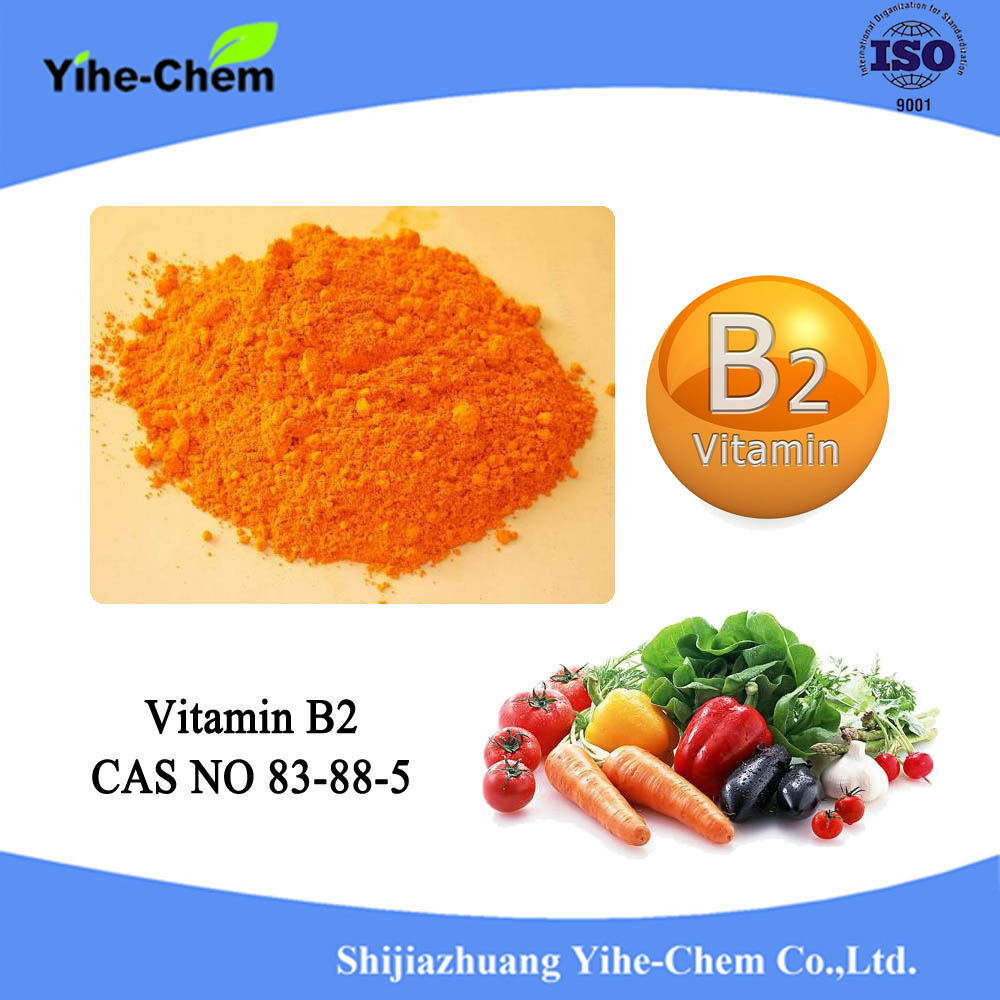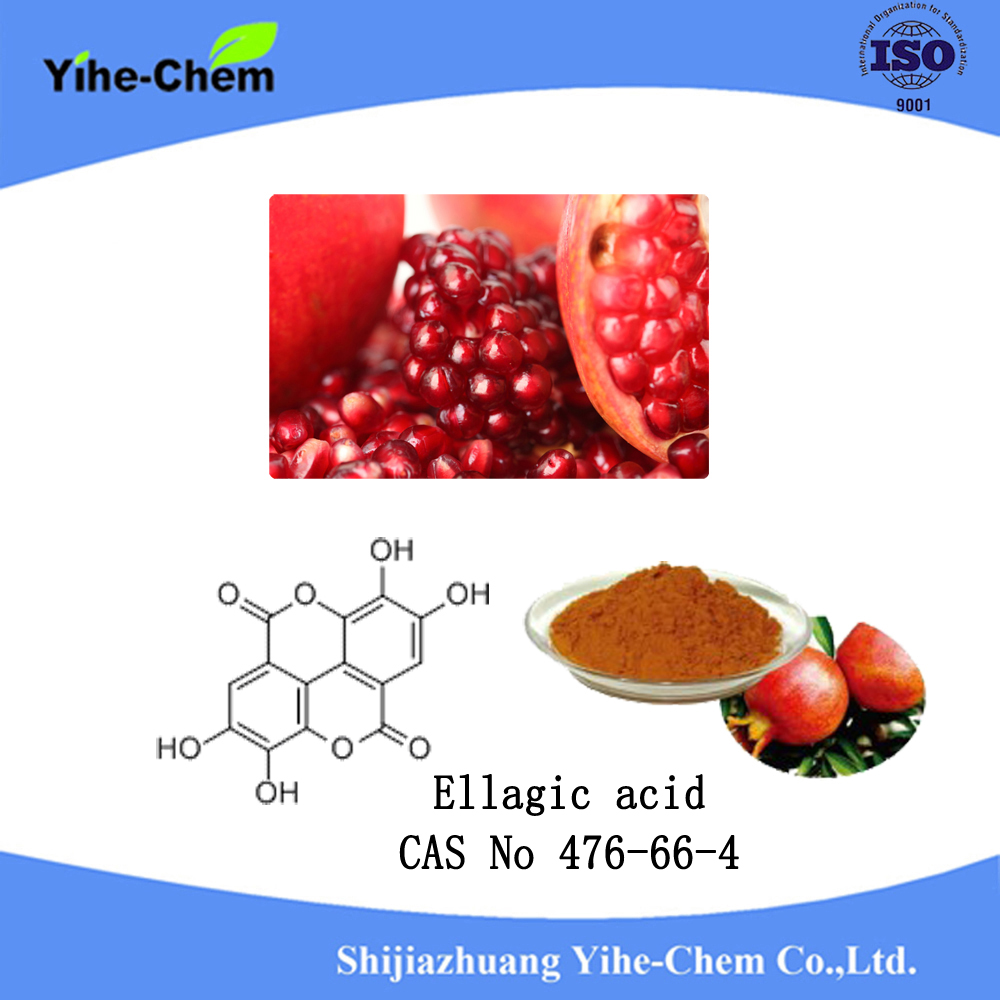Tightening characteristics of C/SiC composite thread fasteners at room temperature in October 2010 Li Jun, Jiao Guiqiong, Wang Gang, Wang Bo (School of Mechanics and Civil Engineering, Northwestern Polytechnical University, Xi'an 710129, China), Torque and Preload The corresponding relationship between the two records the reduction ratio of the pre-tightening force in a short time and a long time, and the wear of the thread surface is observed with a microscope. In addition, the influence of the nonlinear tensile behavior of the material on the tightening state was analyzed. The results show that the tightening, loosening torque and pre-tightening force are approximately linear. The average friction coefficients of the thread surface and the bearing surface are 0.52 and 0.46 respectively. As the tightening torque increases, the thread surface is weared to a certain extent. The mutual embedding effect is weakened, so the reduction of the pre-tightening force after tightening is reduced, and the stability is improved; after the bolt is properly pre-stretched to improve the elastic limit of the material, the anti-relaxation ability of the fastener can be improved. Corresponding author: straightening Guiqiong, Professor, main E-mail mechanical behavior of composite materials and structures: iaogqnwpueducn wail continuous fiber reinforced ceramic matrix composite (CMC) member, its manufacturing process with said beneficial mature As well as the advantages of high temperature and oxidation resistance of materials, the development of large-scale and reusable materials has gradually become the focus of research. Although metal fasteners can withstand greater tensile or shear failure loads and elastoplastic deformation, their strength is significantly reduced in high temperature environments exceeding 800 C, and there is a mismatch in thermal expansion coefficient between metal bolts and CMC components. Problem 3. Compared with this, CMC can maintain strength better than 1000C, and has the advantages of light weight, low thermal expansion coefficient, good thermal stability and no need for cooling system 4. It is expected to replace high temperature alloy as heat. Structural fastener material. German scholars took the lead in conducting research in this field. Hansel et al. used C/C-SC composite materials to prepare fasteners, and cut fine grooves and tapered holes on the screw, and then implanted locking cones to eliminate the expansion behavior of the nut to some extent, and pre-tension the screw. The extension load is equivalent to the tightening state of the fastener. The disadvantage of this design is that it destroys the integrity of the bolt and reduces its tensile load carrying capacity. Dogig et al. performed high temperature on the C/SiC fastener with anti-oxidation coating. The tensile and shear tests in the re-entry environment show that the C/SiC fastener structure can withstand the thermal and mechanical loads at 1600c, but the vibration and thermal shock will cause the pre-tightening force to decrease; B6hrk et al. The circulation causes a mechanism for the tightening torque of the C/C-SC threaded fastener to be reduced, and a pre-stretched structure similar to the one designed to prevent the fastener from slackening is obtained, and a good test result is obtained. Domestic Meihui et al. carried out high temperature tensile tests on 2DC/SiC composite fasteners. The results show that the specimens can maintain their tensile strength well under high temperature oxidation environment of 1300C, 1600C and 1800C. In this paper, C/SiC composite fasteners are studied, and the tightening characteristics of this type of fasteners at room temperature are discussed. The relationship between the tightening torque and the pre-tightening force was measured through experiments, and the average friction coefficient between the threaded mating faces was calculated and calculated. The variation law of the loosening moment is studied, and the method of enhancing the anti-relaxation ability of this type of fastener is proposed. The common tightening methods for threaded fasteners (hereinafter referred to as fasteners) are corner control and torque control methods, both of which have advantages and disadvantages. Since the relationship between the pre-tightening force and the torsion angle obtained by the former is independent of the friction coefficient, the accuracy of the tightening method is considered to be higher. The torque control method is characterized by simple operation, and it is convenient to obtain the correspondence between the torque and the pre-tightening force under the condition of the known friction coefficient and geometric parameters. In this paper, the torque control method is used to test at room temperature. In order to facilitate the short-term or long-term measurement and recording of the pre-tightening force and the screw strain, the test device as shown is designed. Four strain gauges were evenly distributed in the circumferential direction of the load cell. The load cell was calibrated before the test, and the corresponding relationship between the average strain and the load was measured. At the same time, two strain gauges are attached to the symmetrical position on the screw for measuring the real-time strain of the material. The digital torque wrench can be easily tightened and loosened. The measuring range of the torque wrench is 0. m, the calibration accuracy is higher than 1%, and in the case of small torque, high measurement accuracy can be obtained. During the test, the torsion rate is about 0. 5r / min, the data acquisition frequency is 2Hz. The corresponding relationship between the torque, the pre-tightening force and the screw strain during the tightening and unscrewing process of the fastener is obtained; The tightening state of the firmware, after tightening some fasteners under different torques, further collect the change of the pre-tightening force within 11h. 2 Results and analysis 1 friction coefficient analysis of the fastener during the tightening process, tightening torque 7; and the initial pre-tightening force ',. The correspondence between the two is the friction coefficient; rt is the effective radius of the thread surface; the effective radius of the friction surface of the nut is the angle of the thread; s' is the half angle of the vertical section; Tp is the additional moment. During the loosening of the fastener, the relationship between the loosening torque T and the pre-tightening force Fp is noted that during the unscrewing process, the frictional torque still hinders the relative rotation of the nut due to the presence of the pre-tightening force. For the sake of simplicity, the introduction of two moment coefficients Kt, Ku Journal of Composites (4) enters the nonlinear phase, and the unloading path approximates the line along point A to point B, rather than the line where AO is located. When the pre-tightening force is reduced, the tensile stress of the screw is reduced from the initial tightening state to a. The inelastic strain of the material is As. The influence of the inelastic strain is that the screw cannot produce a corresponding amount of recovery deformation with the load being reduced. In turn, it will lead to a further reduction in the preload. Therefore, this is also a factor that can not be ignored in the tightening state of C/SC composite fasteners. The torsion test device can measure the strain of the bolt beam section in real time. It is found through experiments that it is loosened and unloaded after being tightened under different torques. There is indeed inelastic strain on the screw, and the variation law with the tightening torque is as shown. Due to the stress concentration in the threaded section of the screw, more pronounced inelastic deformation occurs. According to the characteristics of the tensile stress-strain behavior of C/SiC composites and the loading history, as shown, when the material is stretched into the nonlinear phase and loaded again after unloading, the reloading path is approximately along point B to point A. In the straight line, after the load stress exceeds point A, the nonlinear curve along point A to point C. It can be seen that the elastic limit of the material is increased when reloading, and since the starting point of the stress-strain relationship is shifted from the O point to the B point, the inelastic strain portion is avoided. According to the above ideas, a tensile test fixture was designed to perform pre-tension test on the fastener. The pre-tensioning load was selected to be 30% of the average tensile failure load of the fastener, the loading rate was 03 mm/min, and the load was unloaded after the set load. The stress-strain relationship at the position of the screw polished rod was measured simultaneously during the test and compared with the uniaxial tensile stress-strain curve of the fastener, as shown by zero. It can be seen that the tensile elastic limit of the screw material is definitely improved by the pre-tension test. The pre-stretched fasteners are subjected to the tightening and loosening test under the same conditions, and compared with the untreated test piece test results, as shown in 1. It can be seen that under the small tightening torque, the initial pre-tightening force of the fastener after pre-stretching is the tensile stress-strain curve of the 0 C/SiC threaded fastener after tightening for 10 s. 1 two sets of C/SiC thread fastening The comparison of the test results of the parts is obviously reduced, and the corresponding loosening/tightening torque ratio is obviously improved. As the tightening torque increases, the difference between the two test pieces decreases because the fasteners that have not been pre-stretched gradually undergo a pre-stretching process during the repeated tightening and unscrewing test. This also reflects the influence of material nonlinearity on the tightening state from the side, indicating that the elastic limit of the material is improved by the pre-tension test, which helps to improve the pre-tightening force and anti-relaxation ability of the fastener. Whether the tightening torque is properly increased or the fastener is pre-stretched, the purpose is to reduce the reduction of the initial pre-tightening force and improve its stability, thereby enhancing the anti-relaxation ability of the fastener. However, these loading processes inevitably cause some torsional or tensile damage to the fasteners. The selection of specific tightening torque and pre-tensioning load value should also consider the influence of damage on the high temperature mechanical properties of C/SiC composite fasteners. 3 Conclusion C/SC composite fasteners have the characteristics of large surface friction coefficient. The average friction coefficients of the thread surface and the bearing surface are respectively 0. 52 and 046. During the tightening process, the torque and the pre-tightening force are approximately linearly proportional. When the tightening torque is increased, wear occurs between the thread engaging surfaces, which can improve the contact condition of the thread surface to a certain extent, reduce the preload force loss caused by the mutual insertion of the thread surfaces, and improve the stability. Repeated tightening and unscrewing processes enhance this effect. The tensile elastic limit of C/SC composites is low. Pre-stretching the fastener to increase the tensile elastic limit of the screw portion of the bolt and reduce the irreversible deformation of the screw during the tightening process, thereby contributing to the pre-tightening of the screw after tightening, Enhances the anti-relaxation ability of fasteners. In order to achieve the purpose of optimizing the design, many factors such as the friction coefficient of the fastener, the geometrical size and the constitutive relationship characteristics of the C/SiC composite should be considered. The applicability of this type of fastener in high temperature oxidation and thermal shock environments is subject to theoretical and experimental research.
A pharmaceutical drug (also referred to as a pharmaceutical, pharmaceutical preparation, Pharmaceutical Product, medicinal product, medicine, medication, medicament, or simply a drug) is a drug used to diagnose, cure, treat, or prevent disease.
Ticagrelor
Pharmaceutical Product Vitamin B2,Riboflavin Powder,Vitamin B2 Riboflavin shijiazhuang yihe-chem co.,ltd , https://www.yihe-chem.com
4-Pyridinebutanol
4,4,5,5,5-Pentafluoro-1-pentanol
Abiraterone Acetate
Acetate2-(4-((2-(4-(trifluoromethyl)phenyl)-4-methylthiazol-5-yl)methylthio)-2-methylphenoxy)acetic acid
Alogliptin Benzoate
3,5-diiodo-L-thyronine
Paliperidone
Roflumilast
Andarine(s4)
Vitamin D3
Vitamin B2
Sodium phosphate dexamethasone
Choline Dihydrogen Citrate
Cytidine 5-monophosphate
Cytidine
Calcium citrate Tetrahydrate
Calcium carbonate
Magnesium Citrate
Arabinofuranosylcytosine, hydrochloride
Lanolin Anhydrous
Uridine
L(+)-Choline bitartrate
DL-choline bitartrate
Betaine citrate
Magnesium Ascorbate Monohydrate
Ascorbyl Palmitate
Ellagic acid
Ostarine
L(+)-DMAE Bitartrate
Coenzyme Q10
Para Amino Phenol
5a-hydroxy Laxogenin

